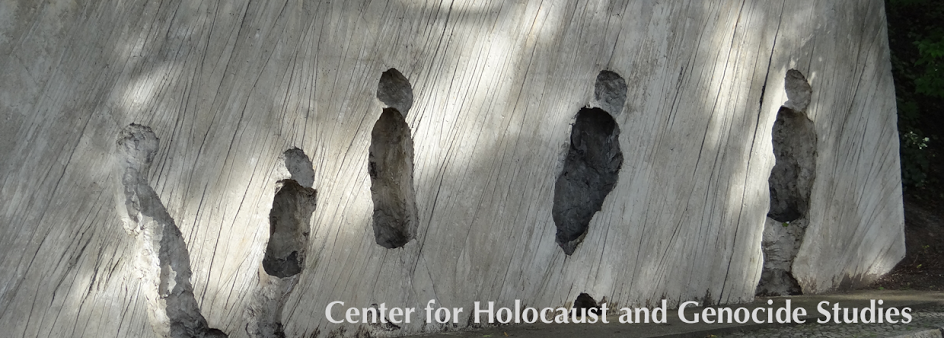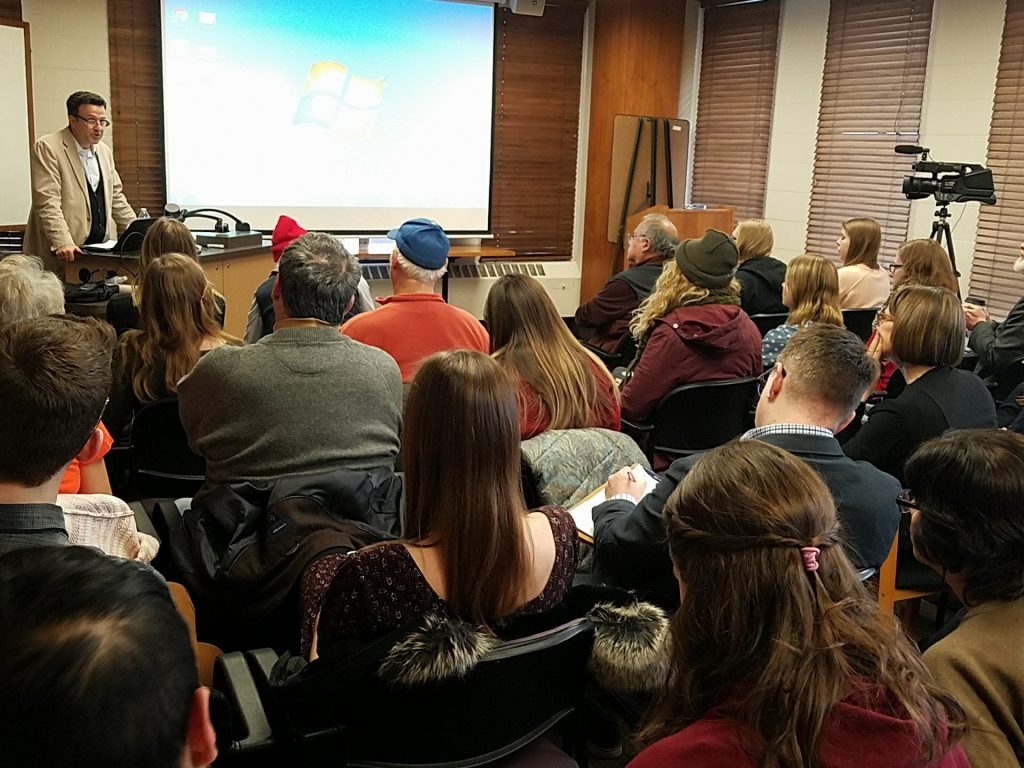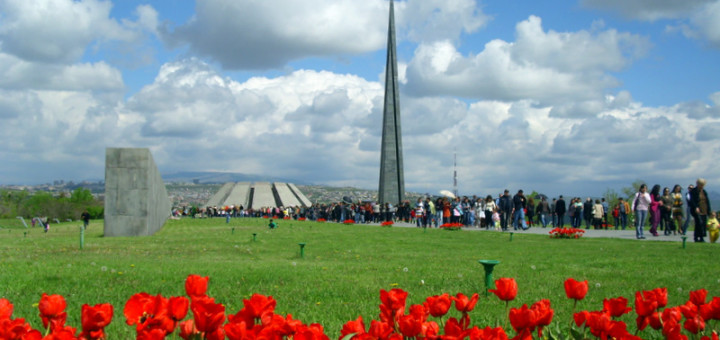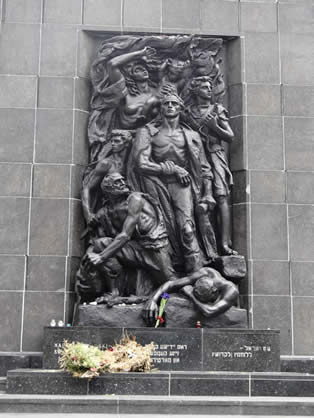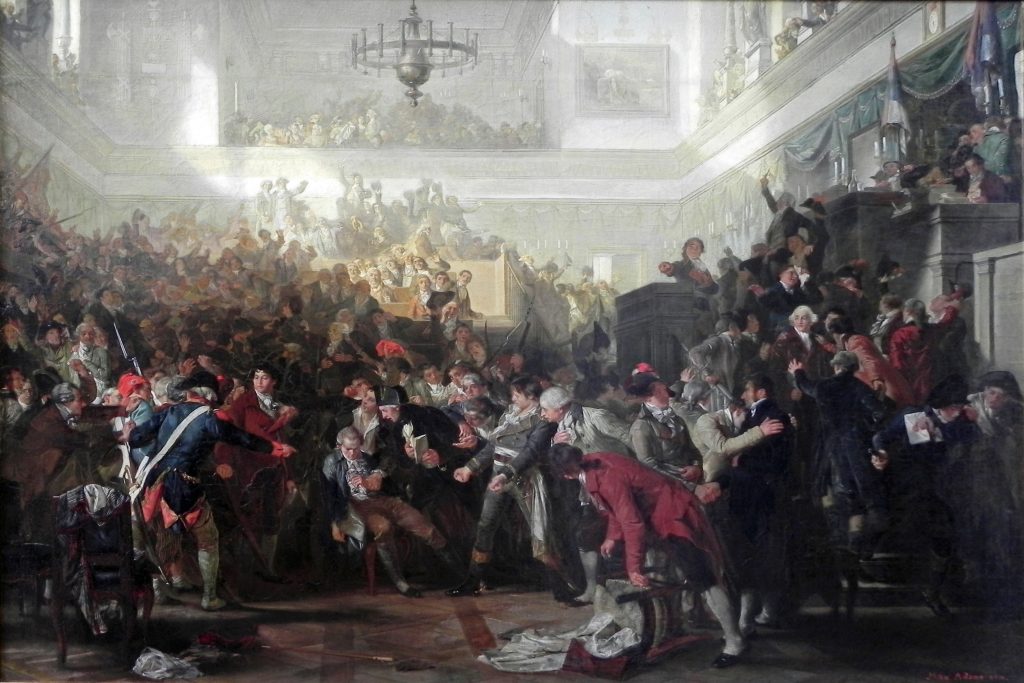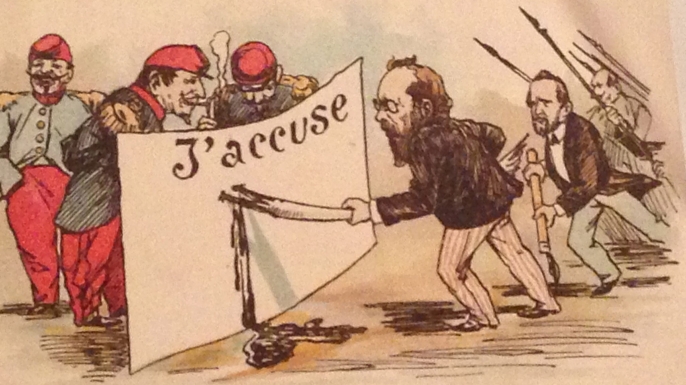For the past few years, CHGS has been engaged in a research project on newspaper accounts from over 155 years related to the 1862 US-Dakota Conflict.
Through an analysis of more than 400 articles from newspapers of the Twin Cities and from towns in the Minnesota River Valley (Mankato and New Ulm), we trace how different generations of Minnesotans remembered, or in some cases chose to not remember, the six-week conflict itself and its dramatic consequences for the Dakota community.
